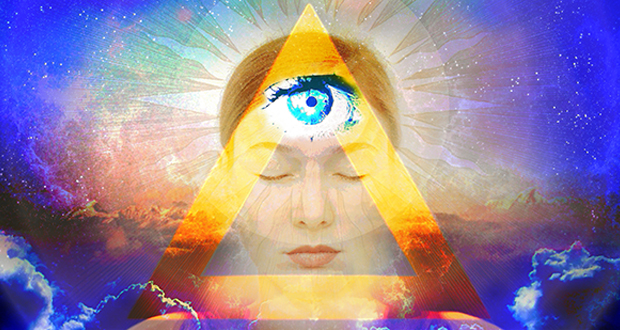Symbology


Symbols exist everywhere.
Symbolism is said to concern man’s very knowledge of himself. To be able to understand symbols is to be able to understand an elemental way of understanding the Universe and gives us a method for interpreting reality in a subtle way that has transcended time, race culture and our everyday concerns.
The word symbol derives from the Greek symbolon meaning token or watchword. It is an amalgam of syn- "together" + bole "a throwing, a casting, the stroke of a missile, bolt, beam." The sense evolution in Greek is from "throwing things together" to "contrasting" to "comparing" to "token used in comparisons to determine if something is genuine." Symbols are a means of complex communication that often can have multiple levels of meaning. This separates symbols from signs, as signs have only one meaning.

Human cultures use symbols to express specific ideologies and social structures and to represent aspects of their specific culture. Thus, symbols carry meanings that depend upon one’s cultural background; in other words, the meaning of a symbol is not inherent in the symbol itself but is culturally learned.
Symbols are the basis of all human understanding and serve as vehicles of conception for all human knowledge. Symbols facilitate understanding of the world in which we live, thus serving as the grounds upon which we make judgments. In this way, people use symbols not only to make sense of the world around them, but also to identify and cooperate in society through constitutive rhetoric.
Semiotics is the study of signs, symbols, and signification as communicative behavior. Semiotics studies focus on the relationship of the signifier and the signified, also taking into account interpretation of visual cues, body language, sound, and other contextual clues. Semiotics is linked with both linguistics and psychology. Semioticians thus not only study what a symbol implies, but also how it got its meaning and how it functions to make meaning in society. Symbols allow the human brain continuously to create meaning using sensory input and decode symbols through both denotation and connotation.
